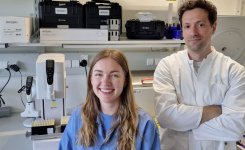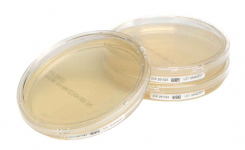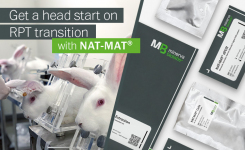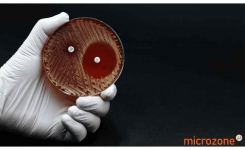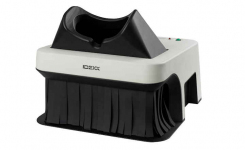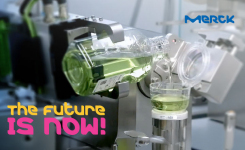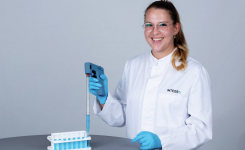Gram Staining Kits for Classic and Modified Methods
go back to news archives| | The four fundamental steps of Gram's staining method was developed quite accidentally by Hans Christian Gram in 1884. The Gram stain is still often the first step in diagnosis and classification in the field of bacteriology today. |
Classic Gram staining: Gram-color
Decolorizing solution is a mixture of ethanol and acetone, which ensures a greater differentiation of the bacteria, even in the hands of relatively inexperienced user. Counterstaining is done by using a phenol-free fuchsin solution Fuchsin is chosen because the contrast to the intensively coloured gram-positive bacteria is made even more obvious - dark blue vs. magenta red. All solutions contained in the kit are packed in easy-to-handle 200 ml PE bottles and are sufficient for 65 -70 tests. The kit is designed for use on a staining rack.
For further information about the wide range of products available from Merck Millipore for Mycobacteria (AFB) detection, please contact Merck Millipore (see details above) or EMD Chemicals in the USA or click the 'More Information' button below. |
Source : Merck Millipore View Company Information
Posted on September 13, 2010






